"Peaky Blinders", "Razors" of Glasgow and bloodletters from Liverpool: the 5 most desperate gangs of the Victorian era
By Pictolic https://pictolic.com/article/peaky-blinders-razors-of-glasgow-and-bloodletters-from-liverpool-the-5-most-desperate-gangs-of-the-victorian-era.htmlThe Victorian era wasn't just the time of Sherlock and steam engines. One of the fruits of industrialization and urbanization was the emergence of street gangs, which in many ways were similar to modern ones. Each group had its own unique style, its favorite weapon and its own ideology.
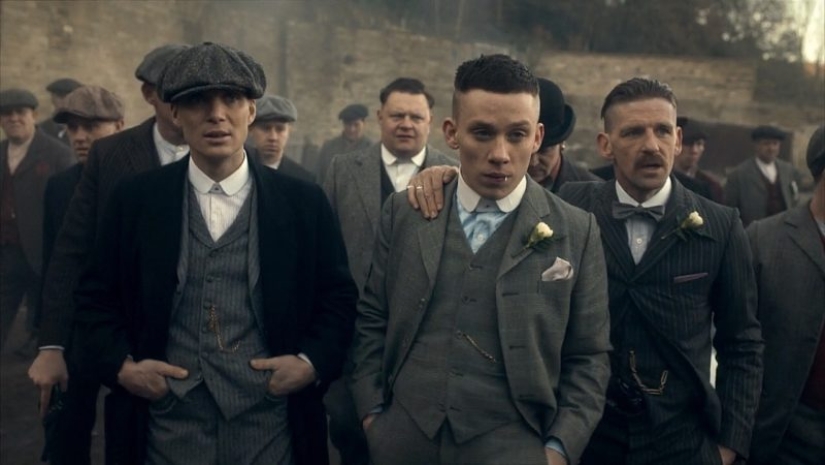
The "sharp Visors", the "Razors" of Glasgow and the bloodletters from Liverpool were like tribes of savages who seized the outskirts of new megacities.
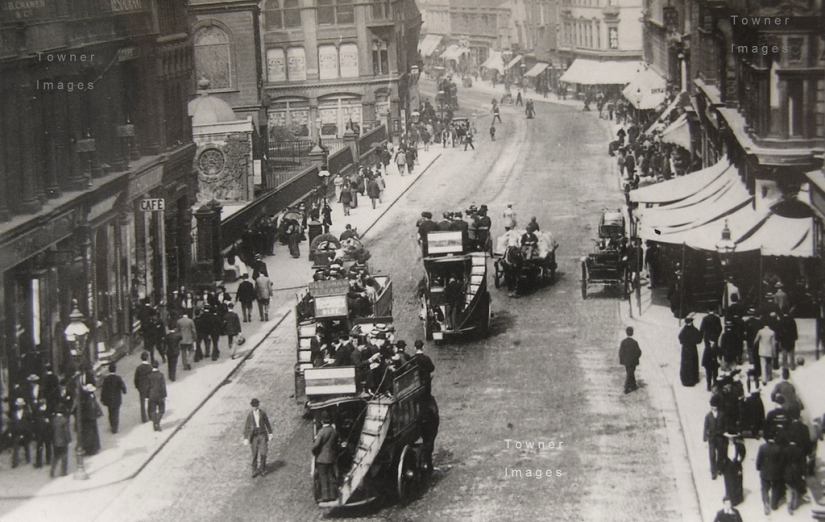
The name of the High Rip gang is an untranslatable play on words and meant at the same time a high cut, a gap and a particularly dangerous scoundrel. The gang operated in Liverpool from 1870 to 1890, with the peak of its activity in 1884-1886, when they kept all the outskirts of the city at bay.
The "scoundrels" lived up to their name like no one else. Their most high-profile case, which stirred up the whole country, concerned the murder of a Spanish sailor in 1884. The poor man was killed, and his body was disfigured and turned into mush by many cuts and blows. Even by the standards of criminal Liverpool, it was too much. Then an innocent 17-year—old dock worker was accused of murder, who was executed, although the whole city was sure that this was the signature handwriting of High Rip. Before that, the gang was going through hard times, but in 1884 it just started a new expansion and in this way announced its return.
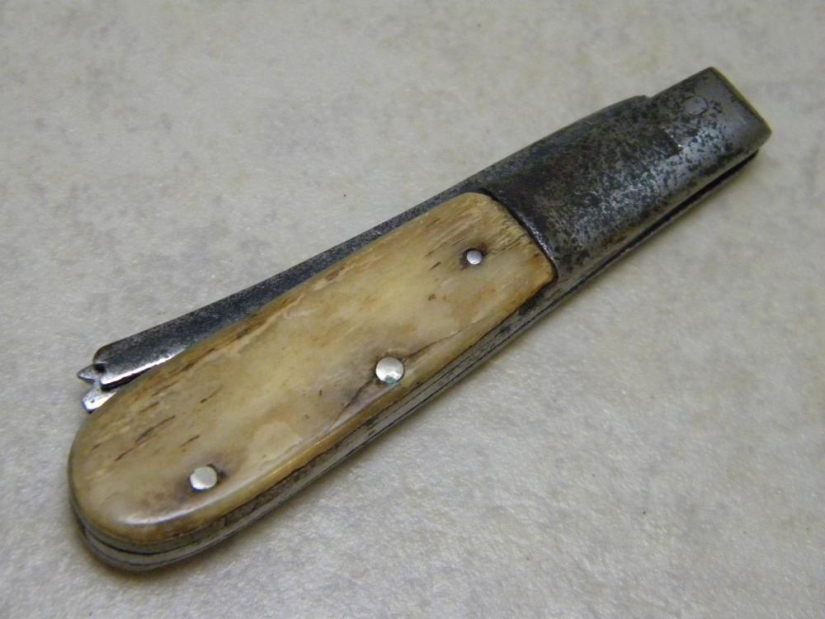
The gang members were armed to the teeth, not afraid to attack even the police, which is why they refused to patrol the outskirts at all, or ran away from the post. But the most recognizable weapons of the "Scoundrels" were heavy, iron-studded leather belts and bloodletting knives, so named because they resembled the instruments of surgeons and barbers that they used for bloodletting.
Bandits specialized in attacking drunken dockers, sailors, longshoremen. They were waiting for them, standing around the corner of buildings, and running out in a crowd. The "scoundrels" beat the victim, often to death, or disfiguring. They did this based on their own strategy — the gang preferred to rely on terror in its expansion. The brutality of High Rip did not play into her hands: by 1888, the rest of the Liverpool gangs had forgotten about the old squabbles and united to destroy the "Scoundrels" together — they were so hated even among criminals and scum.
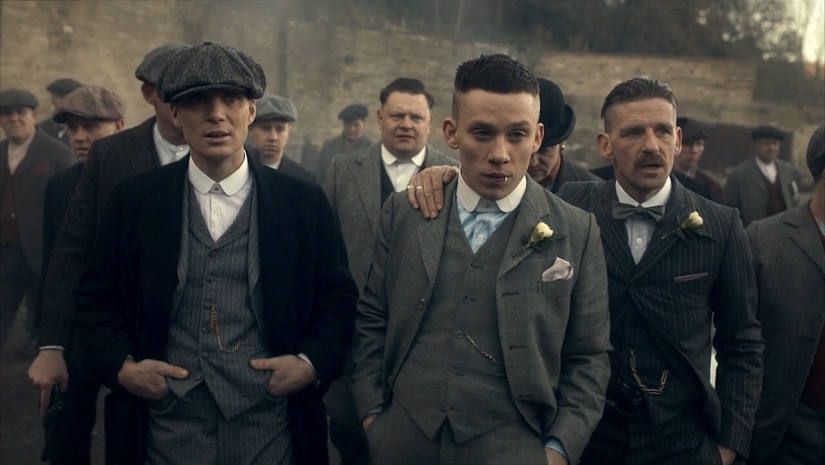
The series "Sharp Visors" is largely artistic, and its plot and most situations are fictional. But it is based on the life of a real gang of the same name from Birmingham. The main difference from the series is that the Sharp Visors were a youth, even a teenage gang. A typical member of this gang was 13-16 years old. And its heyday was at the end of the XIX-beginning of the XX centuries.
The rest of the series plays quite real moments of their gangster life. The Peaky Blinders originated in the Bordesley area, Birmingham's most impoverished slum. At the same time, contrary to their origin, the gang members had a unique style. They wore recognizable silk scarves, fashionable trousers, impermissibly luxurious by slum standards vests and leather shoes.
Their heads were crowned with the same tweed coppols (flat caps), into which, according to legend, blades were sewn. It is believed that thanks to these caps, the gang got its name. Allegedly, they helped young gangsters in fights: by making a "Scottish kiss", the hooligans wounded or even disfigured the opponent.
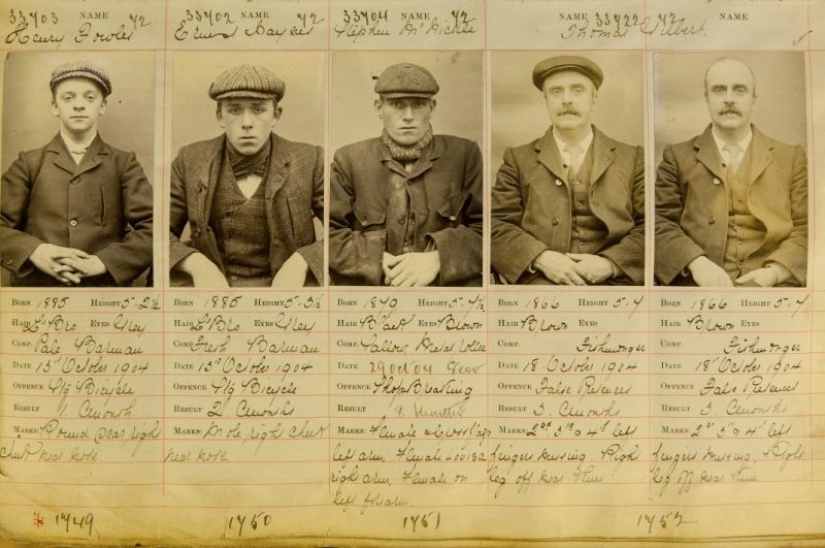
However, there is an alternative version, according to which the phrase "Peaky Blinders" does not mean pointed caps themselves, but guys in caps who "dazzle everyone around with their style." The second option sounds far-fetched, but, oddly enough, it turns out to be more realistic. Peaky Blinders really bothered so much with fashion that it became a kind of meme of Birmingham.
A keen sense of style, grown up in the slums, was not so surprising in those days. Something similar was typical of the teddy boy subculture: young people from the working-class suburbs spent all the money earned or criminally obtained on fashionable clothes. There was nothing else to spend them on.
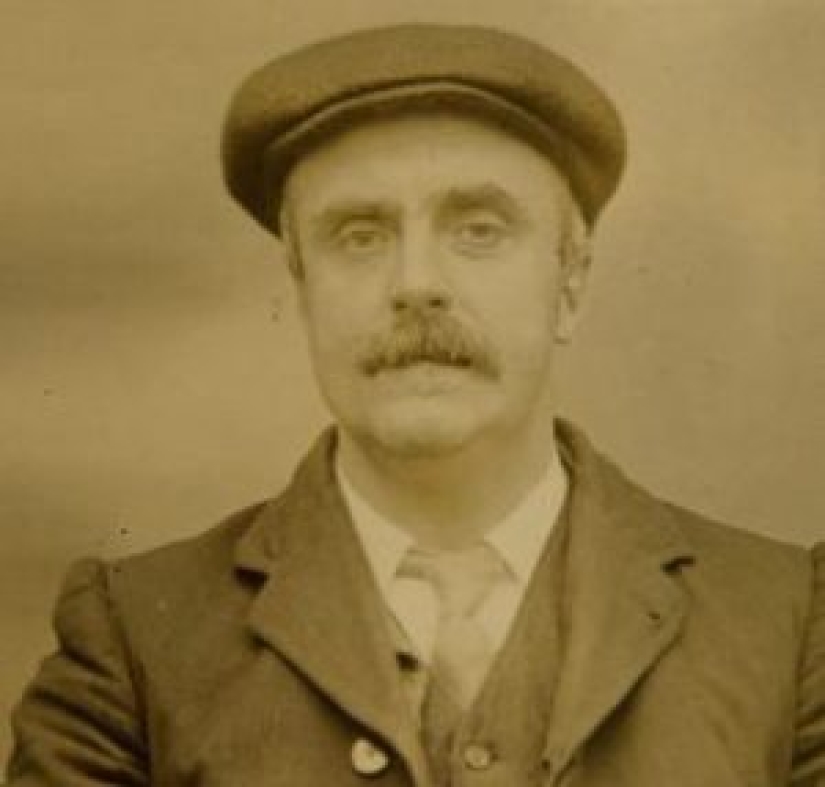
The most influential and at the same time authoritarian leader of the Sharp Visors was the recidivist Kevin Mooney (real name — Thomas Gilbert). Being already an elderly man, he ruled his small army, consisting of teenagers, and led them to greatness. From a small gang of gangsters and bicycle thieves, the Visors became a dangerous gang of racketeers, robbers and murderers who controlled a significant part of Birmingham. Their massive battles with other gangs, like the Chipside Hard Workers or the Birmingham Boys, were covered in the national press as if they were real battles.
However, with the death of Kevin Mooney, the gang began to decline. At first, it lost its position in the city center, then it was generally pushed to the very outskirts, consider that to rural suburbs. By 1930, the hegemon of Birmingham was the gang of the Italian gangster Sabini, which was a real criminal empire and controlled almost all of central England.
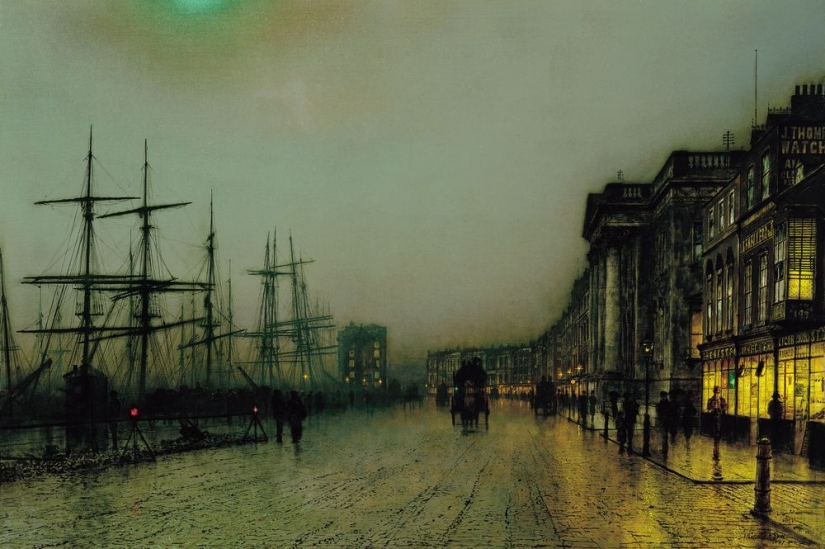
Glasgow has long received the status of the criminal capital of Britain. In the Victorian era, there were four times as many street gangs here as in London, and this despite the fact that it was ten times larger. The number of young gangsters was so large that the gangs resembled separate states — with their own "official" religion, "officially approved" ideology and anthems. There was also a succession of generations — everything is as it should be.
In the 19th century, so—called Penny Mobs reigned in Glasgow - "Penny Gangs". This name stuck to them just because of the mass character. It often happened that when the police detained a group of robbers who attacked a gawking passerby or a street stall, it turned out that there were about fifty of them. That's the kind of crowds these gangs liked to hang around. There was no way to detain and imprison everyone — half of the city would have to be sent to hard labor. Then they took a minimum, penny, fine — one penny — from everyone and let them go.
Such a massive Penny Mobs often turned into grandiose fights or massacres on religious grounds. Crowds of hooligans quickly found the culprit for all their problems — these, of course, were Catholics. Or Protestants, depending on their religion. Gangs of Catholics fought with gangs of Protestants, and then they all went together to smash up the city and beat the policemen. It seems that some traditions are eternal.
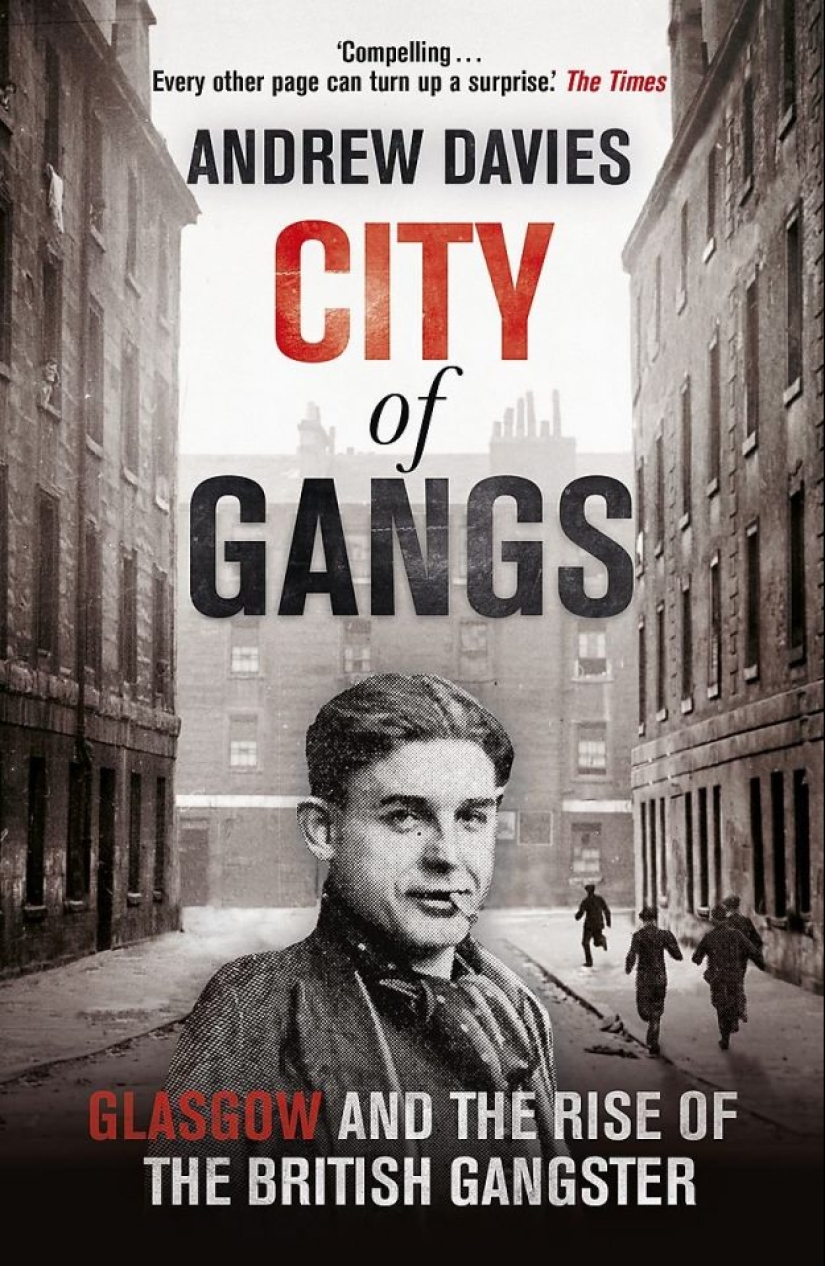
At the beginning of the XX century, the succession of generations gave outlandish fruits. Glasgow was flooded with smaller gangs, but much more focused on crime. They were engaged in racketeering, robbery, theft. However, they did not forget the precepts of their fathers and were divided along religious and national lines. The Catholic Norman Conks gang considered it their duty to lime Protestants from Billy Boys and vice versa. In the name of a righteous religion, of course.
The bandit nature of the groups overlapped with religious hatred and made them particularly vicious and cruel. It was this city that became the birthplace of the "Glasgow Smile" — a method of reprisal in which a beaten opponent's mouth is cut so that he looks like frozen in an ugly smile (right, just like The Joker).
Later, closer to the 1930s, the Glasgow gangs became so radicalized that they began to focus on political forces. The same Protestant Billy Boys, for example, declared their sympathies for the British Fascists party (then still legal). They began to wear military uniforms, shave their heads, sing hymns and walk in parades, simultaneously beating dissenters and Catholics, who, of course, were declared accomplices of Jews and communists. Of course, this is far from The Victorian era, although the roots grow from there.
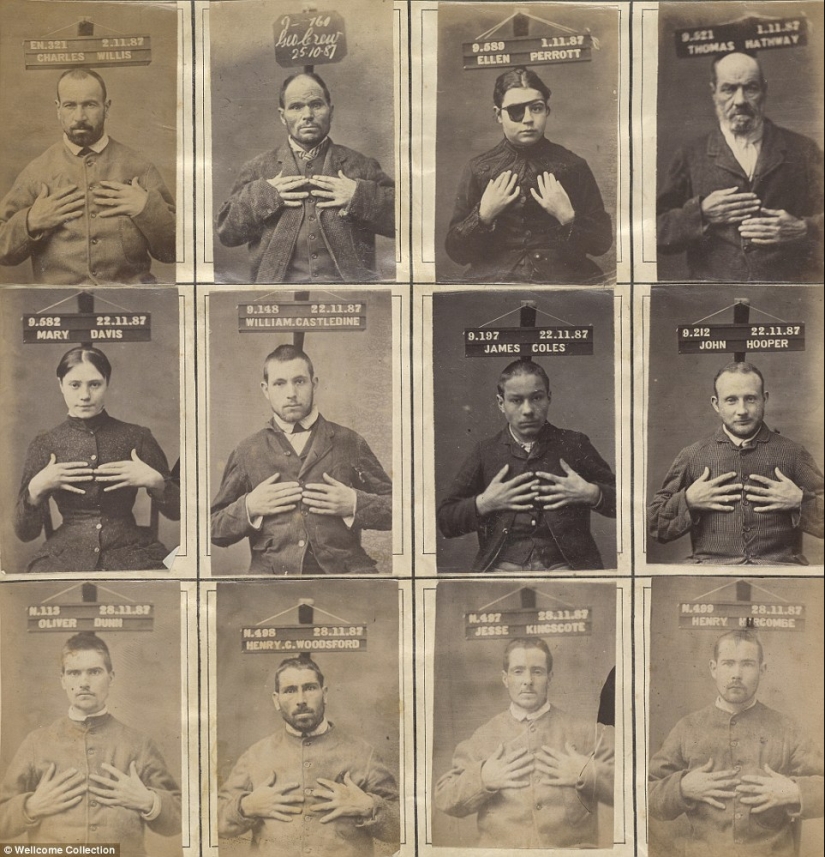
In nineteenth-century Australian slang, the word "push" actually meant a gang. So the name of the most famous of them — Rock Push — can be translated as "Gang of Rocks" (Sydney area).
Despite the obvious remoteness of Australia from Glasgow, the same things were happening at different ends of the empire. Young people on the outskirts of cities got into gangs, and religion played one of the main roles in their self-identification. Groups of Catholics considered it their duty to rob Protestants, and Protestants - Catholics. Periodically, both criminal poles collided, which turned into mass fights and arson.
Rock Push was Sydney's most violent and odious street gang in the 1870s. Its participants, "orange" (that is, Protestants), were in a clear minority in the city. However, they managed to resist the Larrikin Catholics for a long time (that is, the urban rakes of an anarchic worldview and behavior). However, their struggle soon turned into fights with larrikins — they had to face serious opponents in the form of long-existing "adult" gangs, a real local mafia.
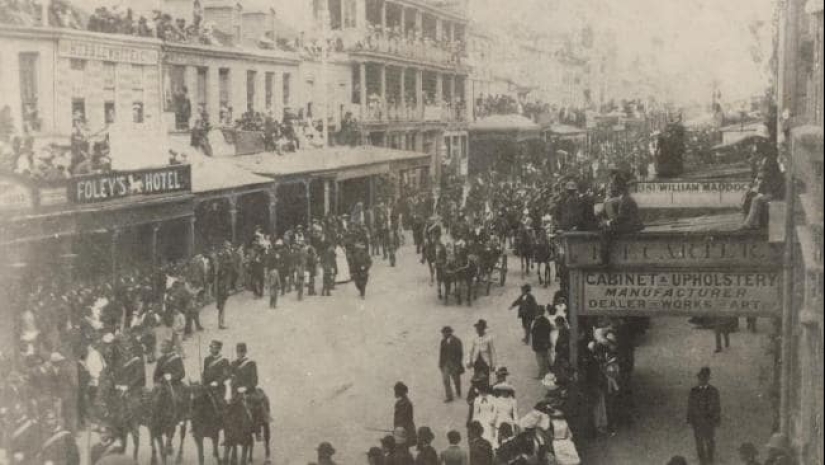
The gang of Rox was engaged in the robbery of sailors and tipsy seekers of entertainment. The robbers used their girlfriends as bait — they pretended to be prostitutes and lured the victim into an alley, where guys with clubs and knives were already waiting for her. At some point, Rock Push began to step on the heels of people from a serious criminal business and it was decided to destroy them.
Simple violence did not bear fruit: the Protestants fought the more fiercely the more they were pressed. Then the leader of one of the gangs of "Greens", that is, Catholics, named Larry Foley, went on a trick. He offered the Gang leader from Rocks bet: a fair fight in the ring, after which the winner stands at the head of the defeated gang. It looks like an obvious trap, but in the Australian criminal world it was a common occurrence.
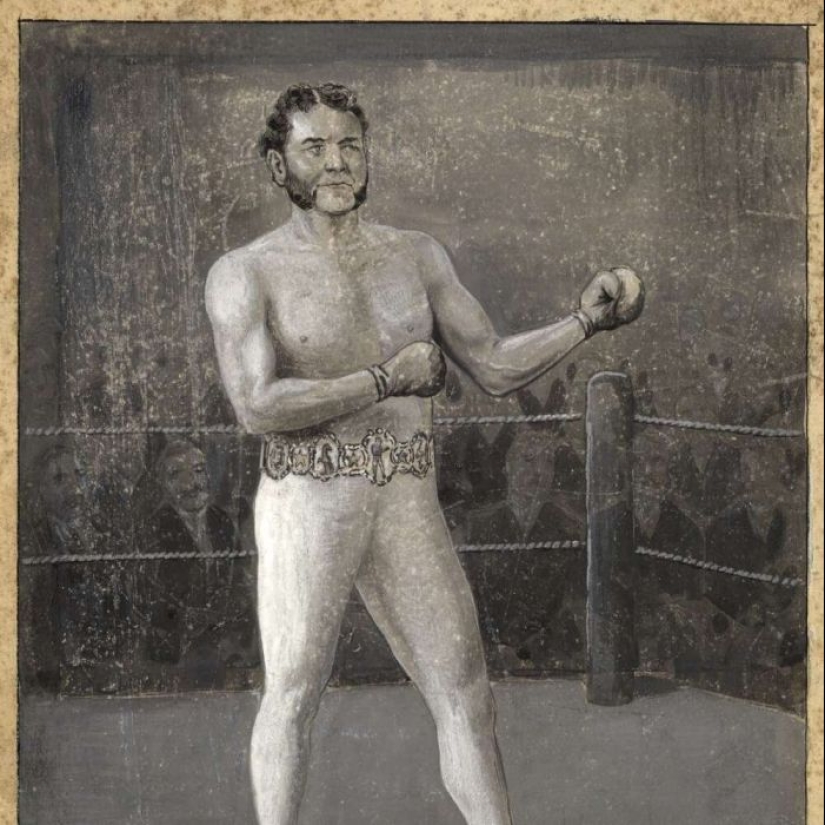
What the head of Rock Push did not know was that Foley had long been taking skill lessons from the legendary Canadian boxer Black Perry, who was exiled to Australia for currency fraud. But even after the training course, Foley won with great difficulty: both lasted 71 rounds in the ring and beat each other almost to death. But the bet was won, and the Catholic became the head of the Protestant gang.
It was not possible to cultivate loyalty in Foley's former opponents, over time they scattered, although they failed to gather into a single force again. Instead, they chose to take revenge on the winners: in the next 20 years, the number of rapes, acts of vandalism and beatings of bystanders has increased significantly in Sydney. Another confirmation of the fact that every time religious strife is mixed with street gang fights, everything takes a very bad turn.
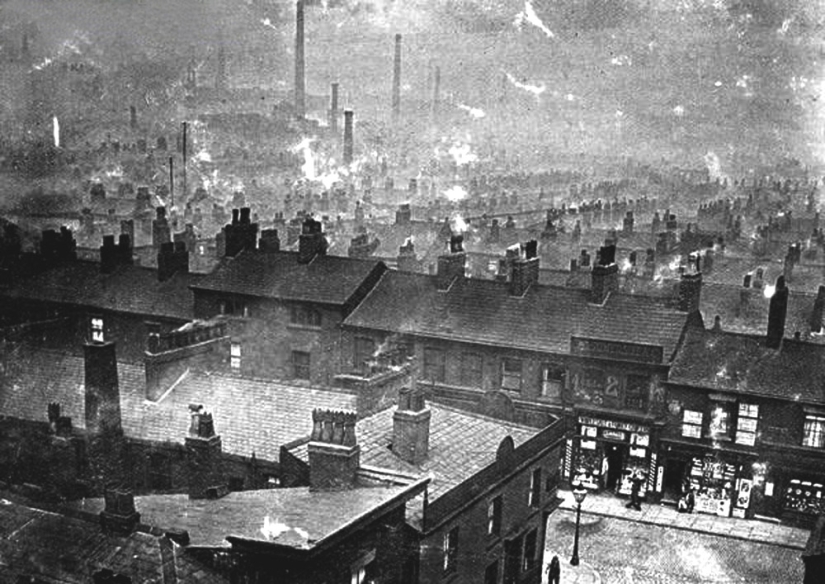
Manchester was another city in Britain that was famous for its street gangs. It has its own customs and, if you like, its own criminal culture. For some strange reason, local gangsters had a popular military-imperial theme, so they often named their gangs after the peoples with whom Great Britain was at war: "Turks", "Russians", "Bengal Tigers" ("Bengalis") and all that sort of thing.
The headquarters of street gangs became dancehalls — dance clubs where you could relax, discuss further business, and fight. So it was possible for a young Manchester man to go dancing with a girl only if he was loyal to one or another gang.
Another distinctive feature of Manchester young gangsters is a special attitude to fights between gangs. They called them "scuttlers" and considered them not just showdowns, but tournaments and even art. To "perform" beautifully on a scuttler meant to dramatically increase their status, and the masters of fights were treated with reverence — not only as fighters, but also as a kind of rock stars.
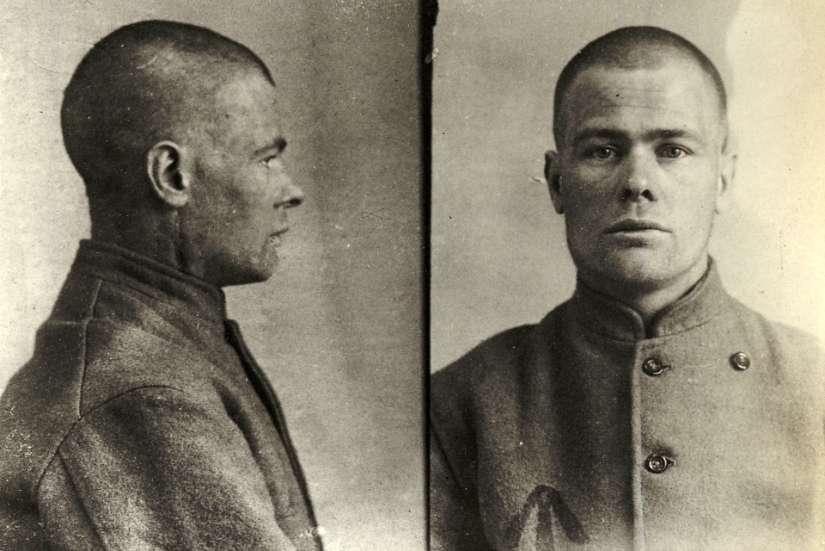
One of such recognized geniuses of the fight was the leader of the Deansgate Mob gang — John Hiller. His gang occupied the Casino dance club, and he himself was openly called the "King of the Scuttler." He liked this nickname so much that he made himself a patch with it. Local newspapers regularly wrote about Hiller's adventures and, it seems, even the townsfolk treated him more like a local celebrity and a great dancer. Only he danced in a fight and with a butcher knife in his hands — this was also part of the image.
For those who want to dive deeper into the savage world of gangs of the XIX century, we advise you to read our old article about gangs of New York. There is even more madness there, which is worth only the names: "Dead Rabbits", "Ugly Top Hats", "Shirts Out of the Way", "Bowery Firefighters".
Recent articles

It's hard to believe, but these places really exist on our planet. This is not someone's sophisticated fantasy, well, except for ...

With this question, people without drawings on the body got those who have tattoos: & #171;How will it look in old age?». ...

It was very difficult to leave the countries of the socialist camp at the height of the Cold War. Almost always, escaping to the ...